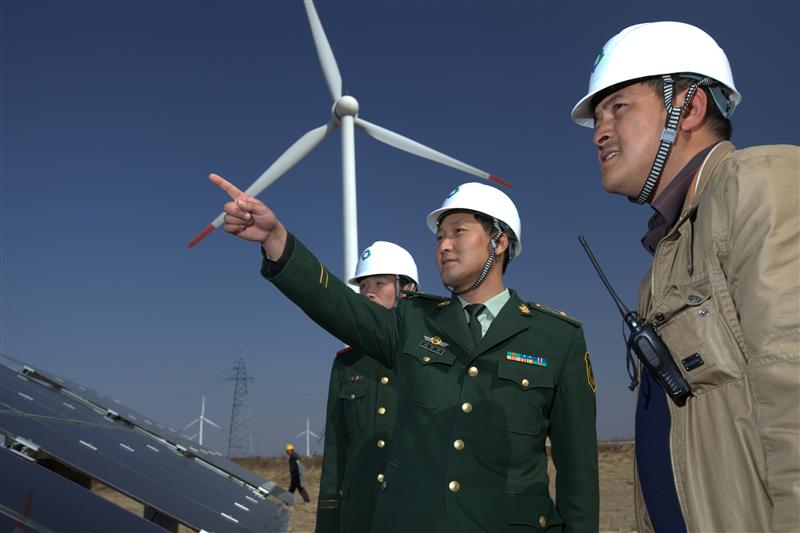Rising from phoenix ashes, a China transformed by renewable energy?

Amidst the cacophony of voices calling on China to calm the market rout it triggered with its surprise devaluation, one metaphor has captured the attention of the Chinese financial elite: the “two birds theory” of Xi Jinping.
At the second session of the 12th NPC standing committee meeting, Xi Jinping described his plan for China’s economic restructure as a “two birds theory: clean up the cage and change the bird within, so that phoenix can transform anew”.
The “two birds theory” echoes the “two cats” of 1979, when Deng Xiaoping pushed for economic reform towards an accelerated market model by saying ‘it doesn’t matter whether a cat is black or white, as long as it catches mice’.
Now with two birds, a new economic agenda is being propagandized. Let the cage of the CCP remain, Xi seems to be saying, but radically change fundamental structure of the Chinese economy. “Cleaning the cage” seems to be a reference to allowing inefficient firms and industries with overcapacity problems take losses in the reform process. Elaborating on what will rise out of the ashes of the phoenix, Xi commented ‘it has to be built on innovation: technological innovation, brand innovation’.
Look at it this way, it is clear that with the Chinese economic restructure, there will be new winners and few losers. If Xi achieves his ambition of building a dramatically new economy from the ashes of an old one based on investment booms and manufacturing, the key message for the rest of the world is that China will no longer be the ’factory of the world’, transforming commodities into infrastructure at home and consumer products for export. Its new economy, whatever the growth rate, will rise out of a boost from private consumption which will probably result in a net boost to the global real economy, which is currently sorely lacking consumption demand.
One private consumption trend is clear, China’s aggressive renewable energy targets and determination to move towards a low carbon economy. The 2030 target of 800-1000 GW non-fossil fuel energy, mainly produced by renewables, will the spearhead of a new industry for Xi. Indeed, it has been estimated that China’s wind and solar ambition to 2017 will already require at least $258 billion USD (EY 2014).
Meanwhile the sudden Yuan devaluation has some traders suggesting China may soon begin exporting coal, especially after this year’s reduction on tax (10% to 3%) for coal exports. This is not unlikely given China’s historic behaviour as an arbitrage trader in the global coal market, and it will add more disruption for the global commodities market.
When the dust settles on ‘Black Monday’, it will become clear that as the real chinese economy shifts to renewable energy and socio-economically strong industries, fossil fuel and natural resources sectors that have over-relied on demand from chinese demand will probably take the biggest hit from this downturn.

